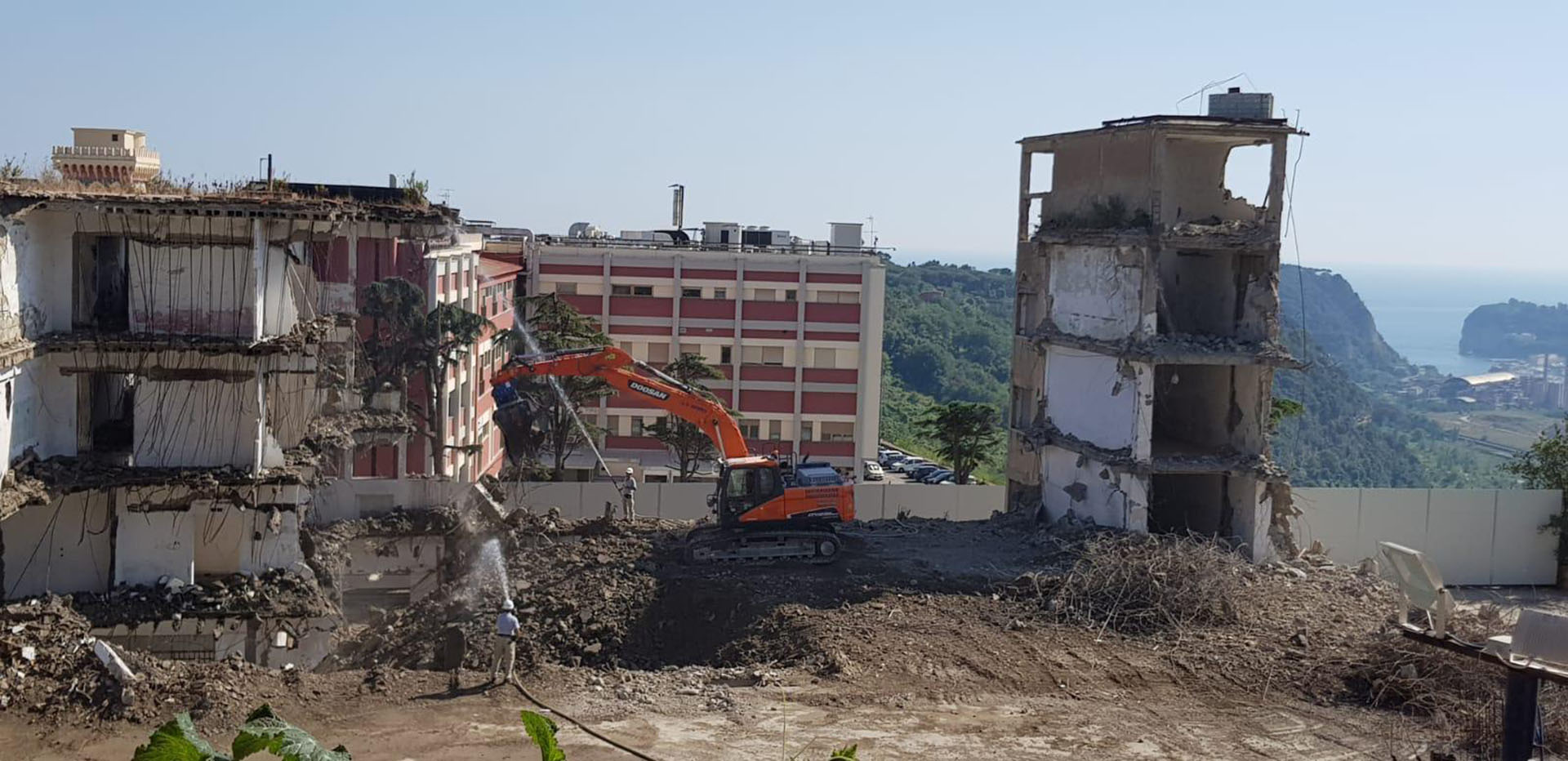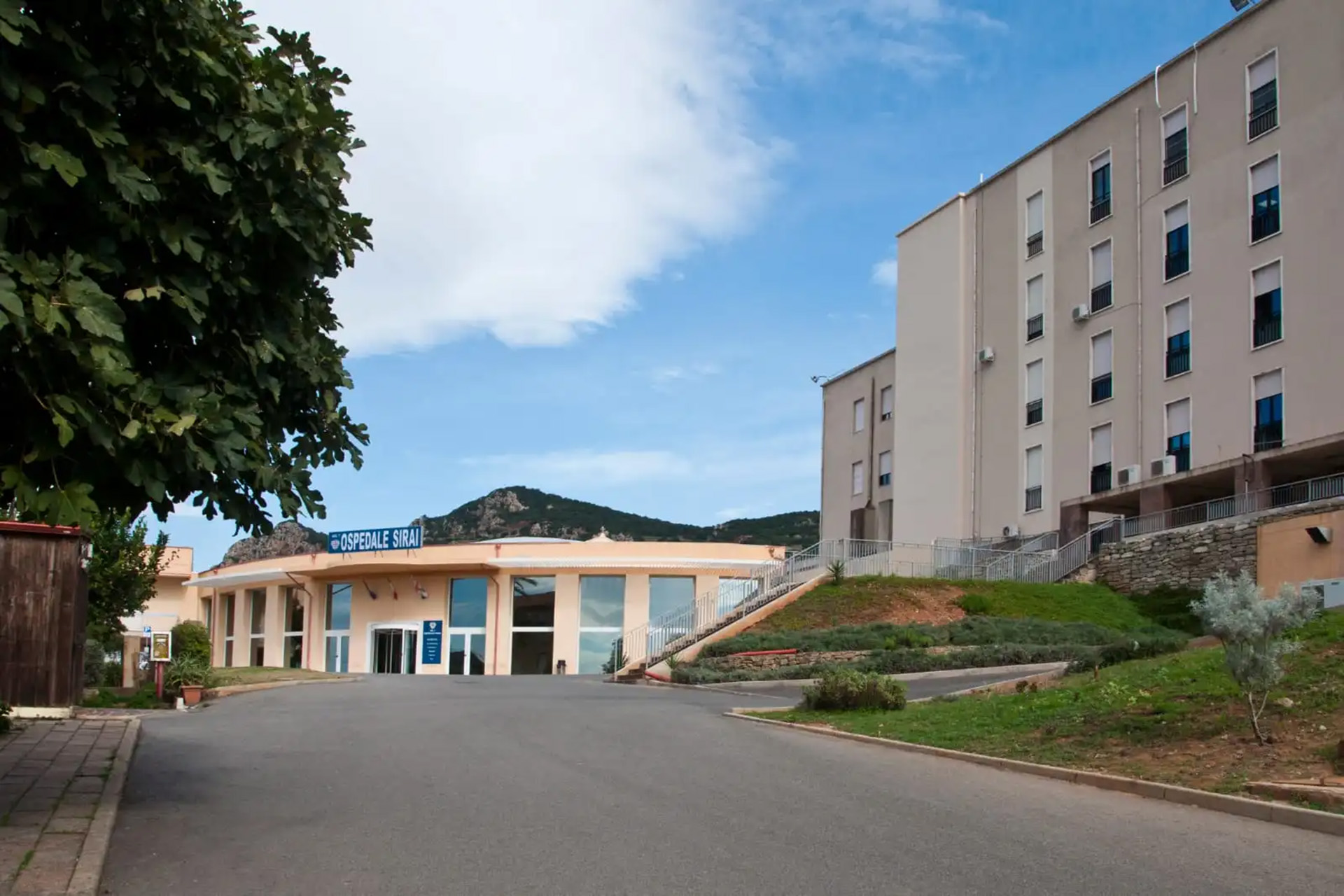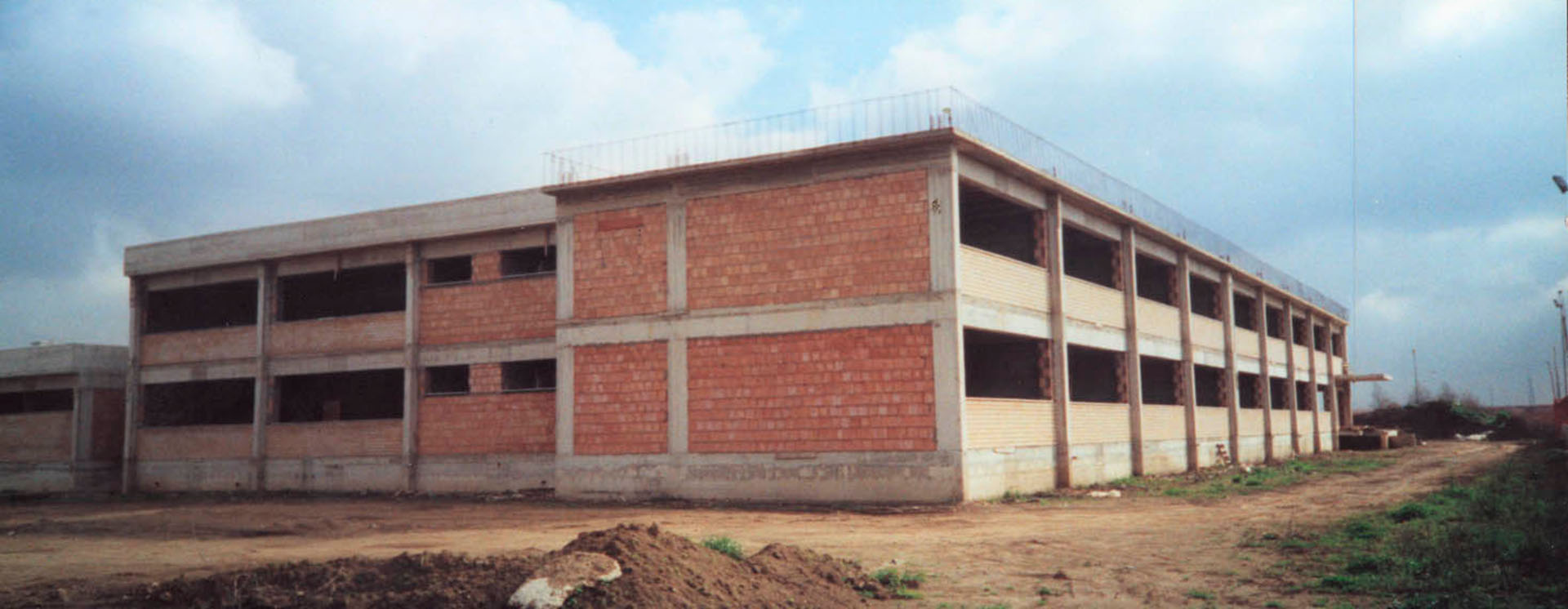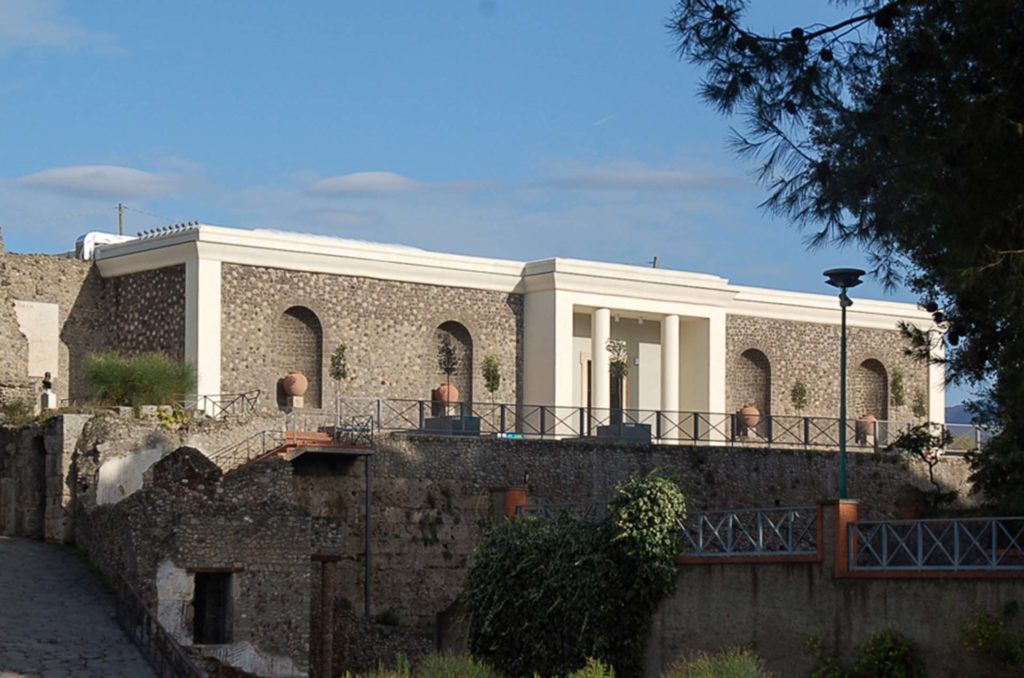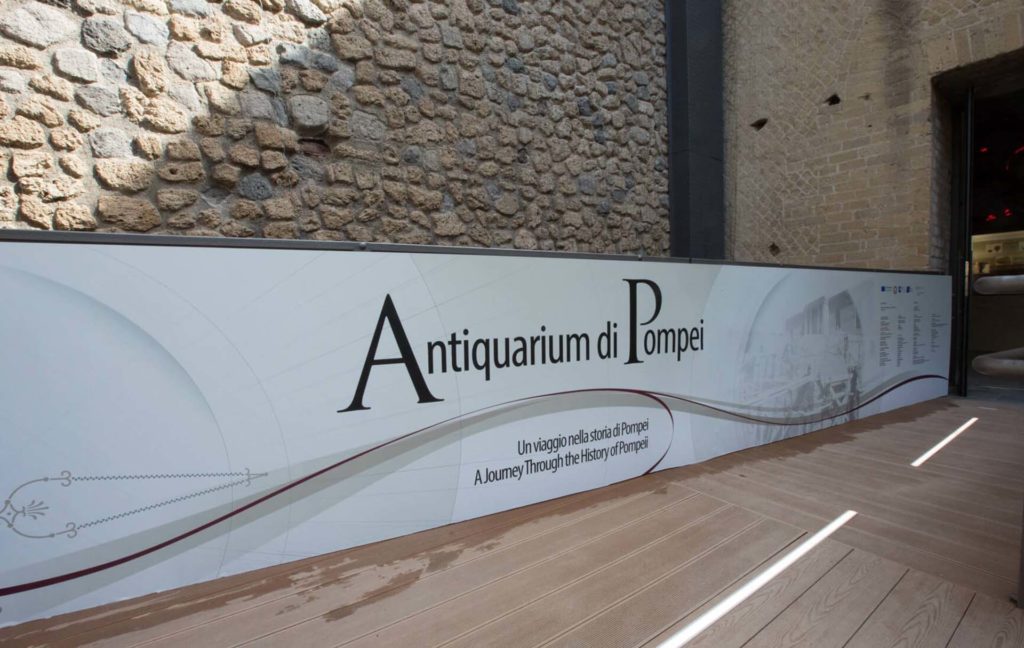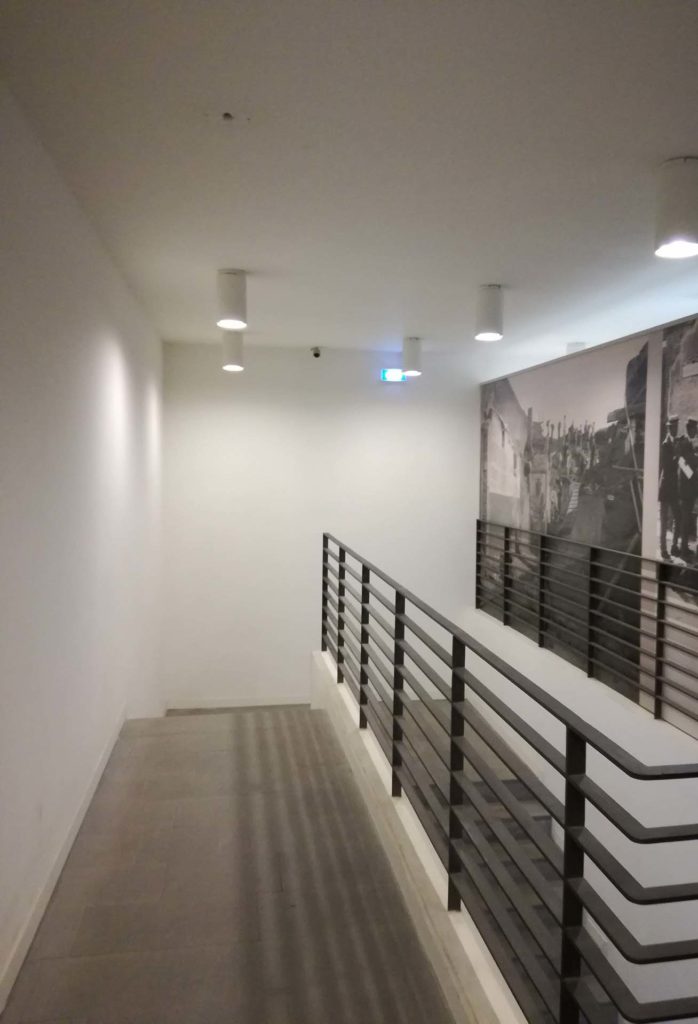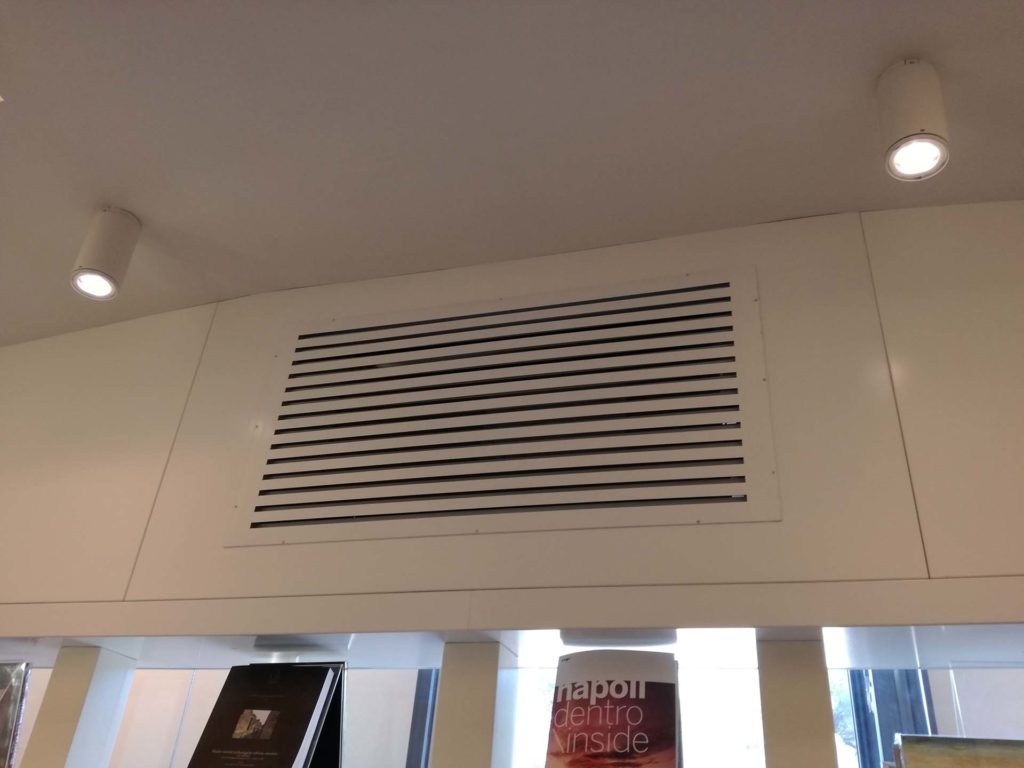Antiquarium of Pompei (NA)
The Pompeian Antiquarium is an archaeological museum, located in Pompeii, that collects artifacts from the archaeological excavations of the ancient city of the same name, buried in 1979 during the eruption of Vesuvius. It was built by Giuseppe Fiorelli between 1873 and 1874 in the spaces below the terrace of the Temple of Venus. In 1926 it was enlarged by Amedeo Maiuri, who not only added large maps with updated developments of the excavations from 1748 onward and included new finds from the Villa Pisanella in Boscoreale, but also set up a route that guided the visitor through the history of Pompeii from its origins to the eruption.
The building was severely damaged by bombing during World War II and thanks to Maiuri’s restoration work, it reopened to visitors on June 13, 1948, on the occasion of the celebration of the 2nd centenary of the Pompeii excavations. It was further damaged by the earthquake in 1980 and has been closed to the public ever since. It was reopened only in 2016 as a museum space dedicated to displaying artifacts that illustrate the history of Pompeii.
The completely renovated space refers to Amedeo Maiuri’s museum conception and through the most relevant finds the history of Pompeii is traced from the Samnite age (4th century B.C.) to the tragic eruption of 79 A.D. In addition to famous testimonies of Pompeii’s immense heritage, such as the frescoes of the House of the Golden Bracelet, the silverware of Moregine or the triclinium of the House of Menander, findings from the most recent excavations conducted by the Archaeological Park are also exhibited here: from the fragments of stucco in the I style of the fauces of the House of Orion to the treasure of amulets of the House with Garden, to the last casts of the victims from the villa of Civita Giuliana.
The works performed concerned the completion, regulatory adjustment and commissioning of the electrical, water-sanitary and air conditioning systems. Furthermore, a series of interventions were carried out for the renovation of the roofs, the painting and the creation of iron works useful for making the paths inside the Museum safe and functional.
